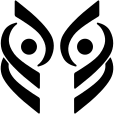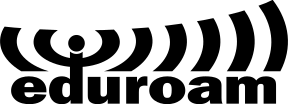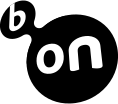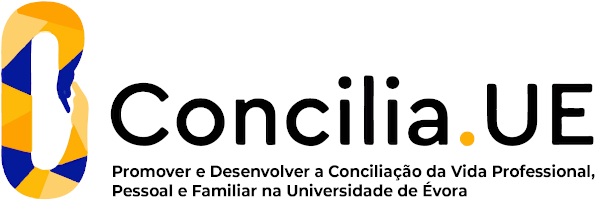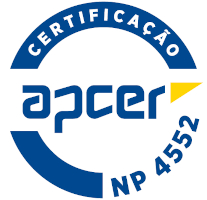2025
Animal Anathomy and Physiology I
Name: Animal Anathomy and Physiology I
Code: ZOO12370L
6 ECTS
Duration: 15 weeks/156 hours
Scientific Area:
Animal Science
Teaching languages: Portuguese
Languages of tutoring support: Portuguese
Regime de Frequência: Presencial
Sustainable Development Goals
Learning Goals
Introduction to fundamental concepts and principles of anatomical and functional organization of the
animal organism and the basic mechanisms of organic activity at different levels of structural and
functional organization, with particular emphasis given to the control mechanisms of this functional
organization.
It is intended that the student is able to acquire certain skills in the organization of the animal organism;
protection, support and movement; control, communication and coordination and also in the transport and
maintenance. It is intended that the student is able to find and learn about organic structures, have the
capacity to understand and integrate the functioning of organs and systems; be able to collect and record
physiological parameters, apply the knowledge to interpret the various physiological parameters, discuss
the physiological adaptations to different environmental contexts.
animal organism and the basic mechanisms of organic activity at different levels of structural and
functional organization, with particular emphasis given to the control mechanisms of this functional
organization.
It is intended that the student is able to acquire certain skills in the organization of the animal organism;
protection, support and movement; control, communication and coordination and also in the transport and
maintenance. It is intended that the student is able to find and learn about organic structures, have the
capacity to understand and integrate the functioning of organs and systems; be able to collect and record
physiological parameters, apply the knowledge to interpret the various physiological parameters, discuss
the physiological adaptations to different environmental contexts.
Contents
Part I: General Organization of the Animal Body
Introduction to Animal Anatomy and Physiology
General organization of the animal organism
Anatomical terminology
Part II: Protection, Support and Movement
Skeletal System: Axial Skeletal and Appendicular Skeletal: structure and function
Joints
Anatomo-Functional Classification of Joints
Muscular system: types and mechanisms of muscle contraction
Part III: Control, Communication and Coordination
Neurons: Functional and anatomical structure and neural circuits
General Organization of the Nervous System: Peripheral and Central Nervous System
Endocrine System
Endocrine Glands: Secretion, Control and Mechanisms of Hormone Action
Hormones
Part IV: Introduction to Transport and Maintenance
The Cardiovascular System
Anatomical structure of the heart and blood vessels
Physiology of the heart
Blood composition and blood cells
Systemic circulation and pulmonary circulation
Basic concepts of immunity
Introduction to Animal Anatomy and Physiology
General organization of the animal organism
Anatomical terminology
Part II: Protection, Support and Movement
Skeletal System: Axial Skeletal and Appendicular Skeletal: structure and function
Joints
Anatomo-Functional Classification of Joints
Muscular system: types and mechanisms of muscle contraction
Part III: Control, Communication and Coordination
Neurons: Functional and anatomical structure and neural circuits
General Organization of the Nervous System: Peripheral and Central Nervous System
Endocrine System
Endocrine Glands: Secretion, Control and Mechanisms of Hormone Action
Hormones
Part IV: Introduction to Transport and Maintenance
The Cardiovascular System
Anatomical structure of the heart and blood vessels
Physiology of the heart
Blood composition and blood cells
Systemic circulation and pulmonary circulation
Basic concepts of immunity
Teaching Methods
Teaching methods are based on lectures, laboratory classes and tutorial classes. Lectures are plenary and
are based on theoretical exposition of the main topics of each theme and key concepts to develop. Case
studies are also presented to promote the students spirit of research as well as their critical perspective.
The laboratory practical classes are supported by practical illustration of physiological concepts and in
which students are encouraged to participate actively both in the implementation of the protocol or in the
collection of laboratory results, interpretation and group discussion.
The assessment consists of two frequencies written during the semester in which the student must have
grade higher than 9.5 in each of the frequencies (80%) and in the laboratory and participation in
discussions and resolution of study cases (20%). Alternatively the two frequencies, one written
examination will be conducted with all subjects taught.
are based on theoretical exposition of the main topics of each theme and key concepts to develop. Case
studies are also presented to promote the students spirit of research as well as their critical perspective.
The laboratory practical classes are supported by practical illustration of physiological concepts and in
which students are encouraged to participate actively both in the implementation of the protocol or in the
collection of laboratory results, interpretation and group discussion.
The assessment consists of two frequencies written during the semester in which the student must have
grade higher than 9.5 in each of the frequencies (80%) and in the laboratory and participation in
discussions and resolution of study cases (20%). Alternatively the two frequencies, one written
examination will be conducted with all subjects taught.
Assessment
The UC assessment is carried out through continuous assessment or through the final exam. In the continuous assessment modality, 2 frequencies are carried out, and the student must have a minimum grade of 10 in each of them, in order to successfully complete the UC. If the 1st frequency is less than 10 points, the student moves to the final exam modality. If the student has a grade higher than 10 in the 1st exam but a grade lower than 10 in the 2nd exam, the student fails and will only have access to the second exam.
In the final exam modality, the written exam covers the entire programmatic content and the minimum grade to pass the UC is 10 points.
As a condition to benefit from the continuous assessment regime, the student must attend 85% of the practical classes taught during the semester.
They also require 50% attendance in theoretical classes, as it is a fundamental UC, essential for the CTA course with a demanding program.
In the final exam modality, the written exam covers the entire programmatic content and the minimum grade to pass the UC is 10 points.
As a condition to benefit from the continuous assessment regime, the student must attend 85% of the practical classes taught during the semester.
They also require 50% attendance in theoretical classes, as it is a fundamental UC, essential for the CTA course with a demanding program.








